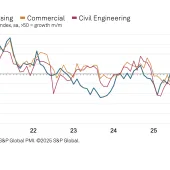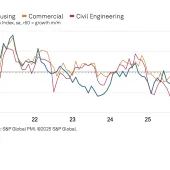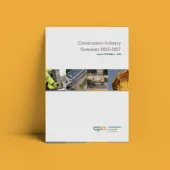CEA report on UK exports and imports

Latest data show further growth in exports of construction and earthmoving equipment in Q1 2017
UK exports of construction and earthmoving equipment showed further growth in the first quarter (Q1) of 2017, reaching £700 million, the highest level since the second quarter of 2015.
According to the latest Construction Equipment Association (CEA) report, this can be attributed to both improving demand in some of the major overseas markets, as well as the benefit of the weaker pound sterling exchange rate since the middle of 2016, following the Brexit referendum.
The US remained the top destination for exports in Q1 2017, accounting for 19% of total exports on a weight basis, and 23% on a £ value basis. Collectively, exports to countries within the EU accounted for 48% of total weight of machines exported in Q1, and 44% of £ value. These were similar proportions to the 2016 annual levels.
Imports of equipment also showed significant increases in Q1, following the same seasonal pattern as the last two years, when imports ‘peaked’ in Q2 and ‘bottomed’ in Q4 (see graph). In Q1, imports showed a 34.1% increase on Q4 2016 in weight terms, and a 39.1% increase on a £ value basis, reaching £388 million. In both cases, imports were also higher than Q1 2016 levels.
Japan remained the highest single country source of imports in Q1, accounting for 21% of total imports of equipment in weight terms, whilst on a £ value basis, Sweden edged ahead of Japan as the largest single import source, accounting for 19% of total imports in Q1.
According to the CEA report, the UK remains a net exporter of construction and earthmoving equipment, measured in both weight and value terms. In Q1, the trade surplus reduced to £312 million from £340 million in Q4 2016, but after this was still the highest quarterly surplus since Q4 2015.









